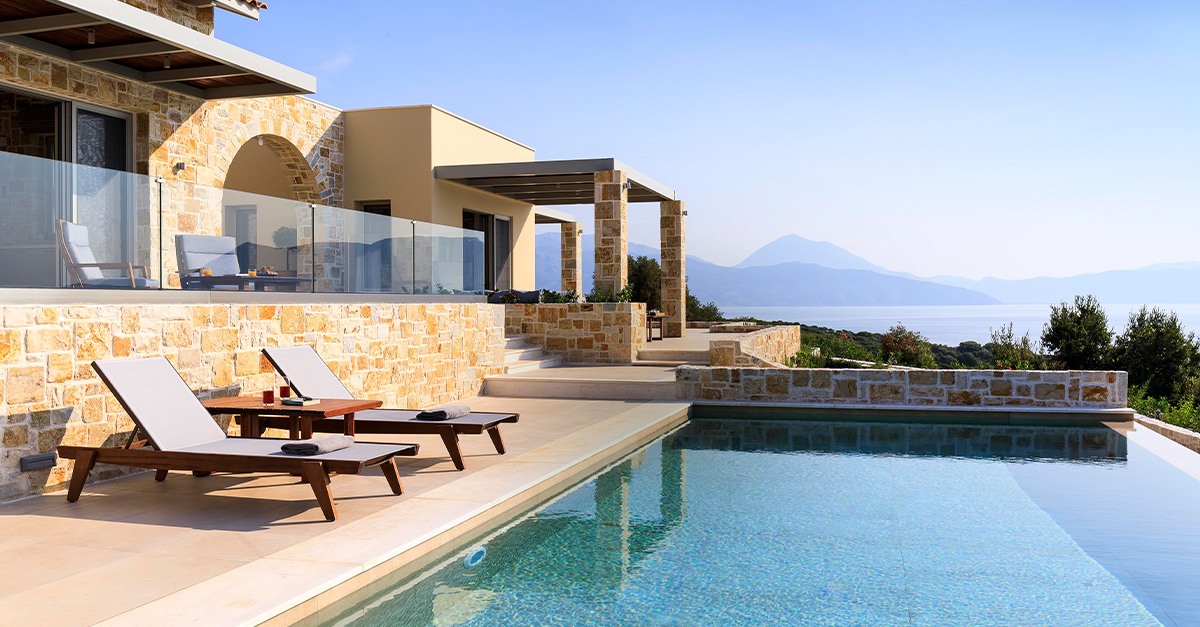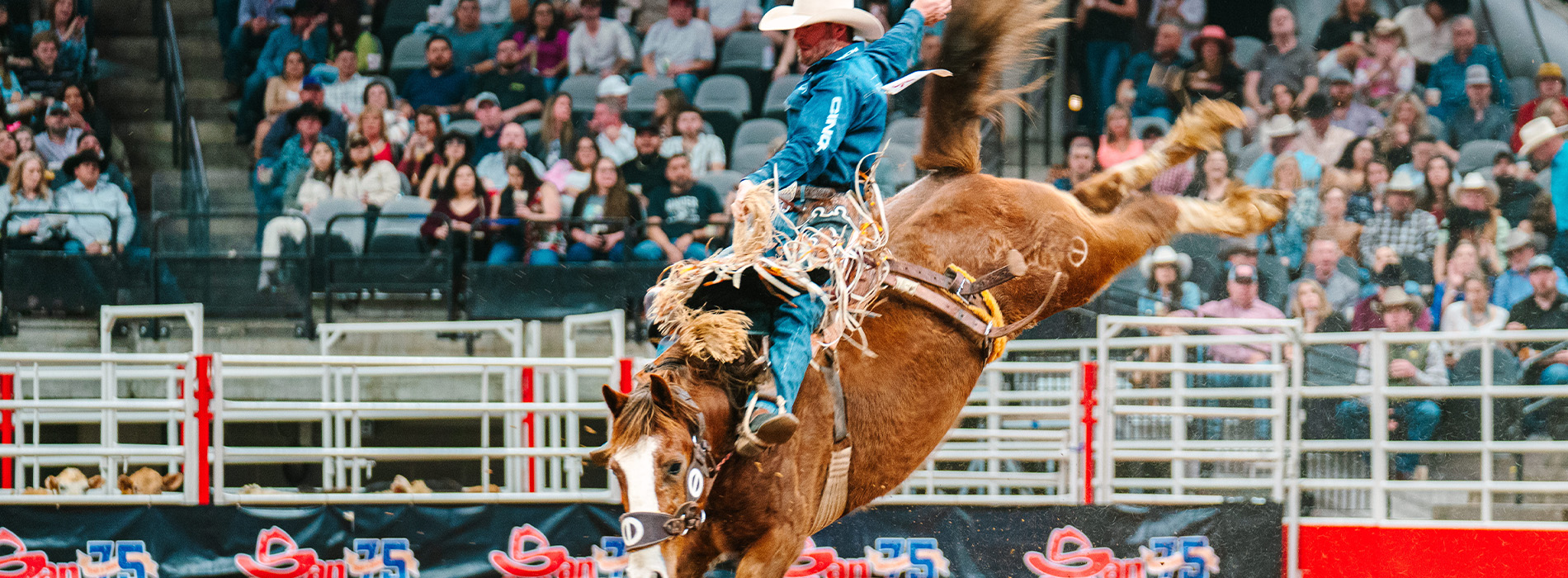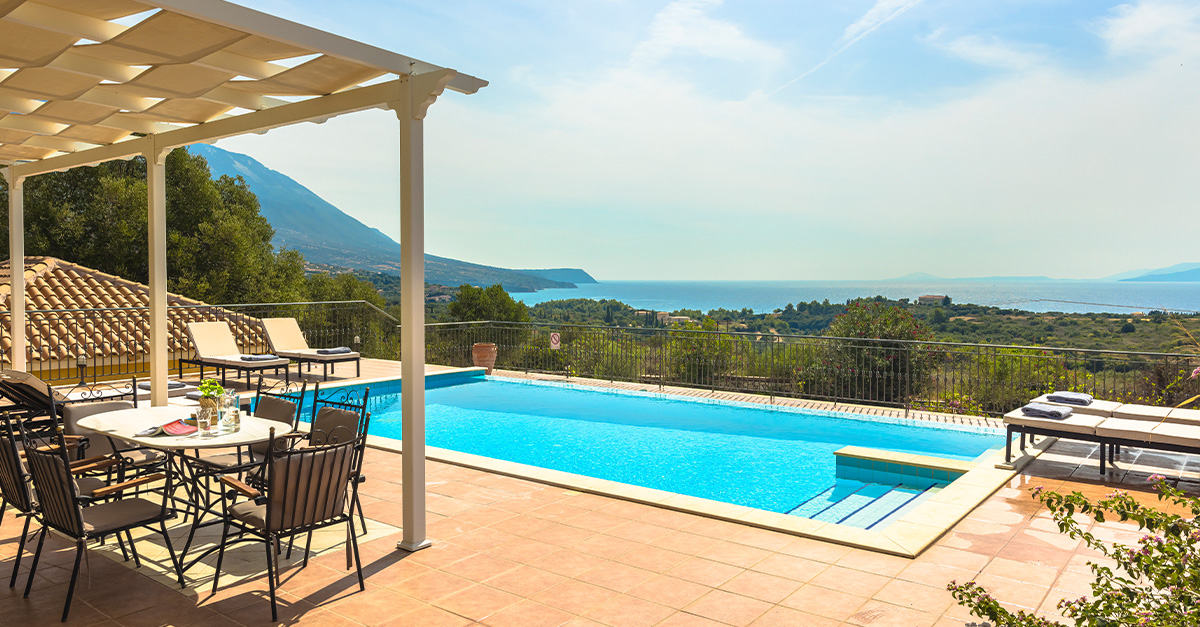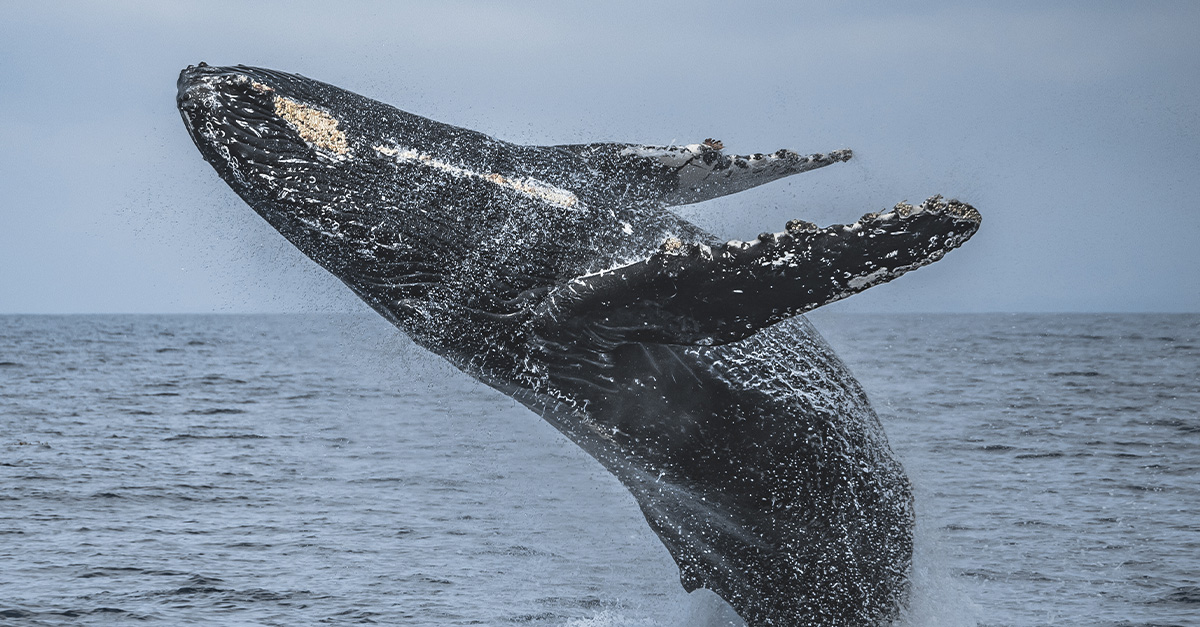Wildlife presenter and biologist Lizzie Daly explores Antarctica on G Expedition.
Click here to download and save as a PDF.
I began conversations with G Adventures last year about partnering up on ways to combine adventure, wildlife and getting young people inspired – but doing so sustainably, in an ethically and environmentally friendly way.
Going to Antarctica was top of the list, and to be able to visit it in the right capacity was important – in terms of how much you see and how you leave it – so that’s what made the trip for me.
Ushuaia
We started in Ushuaia, which is known as the southernmost point in the world, and a fantastic little town. I went to a cafe and happened to sit opposite a man who had just finished his trip. He was beaming and told me anecdotes of seeing gentoo penguins and humpback whales. It really built my anticipation.
Before we even got on the ship, there was an excitable atmosphere. Everyone was preparing to ‘tick off’ their last continent or getting ready for a real adventure, me included.
“There was a moment where we saw Ushuaia disappear, and I found some of my favourite times were when we were out at sea with no sight of land.”
We set off from Ushuaia and headed for the Falkland Islands. There was a moment where we saw Ushuaia disappear, and I found some of my favourite times were when we were out at sea with no sight of land.
A huge number of albatrosses and giant petrels followed the ship – at times, hundreds of them were flying almost at eye level, while the sun was setting and the waves were crashing. It was epic.
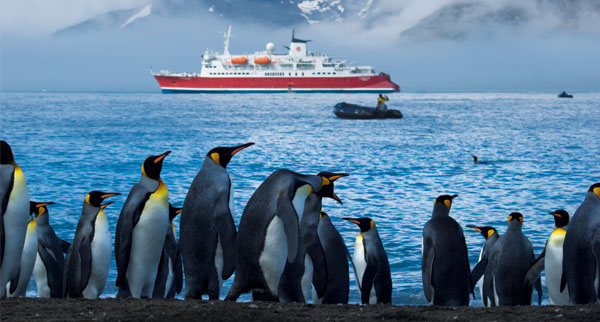
Falkland Islands
After reaching the Falkland Islands, we caught our first sight of king penguins and albatrosses in the wild. On Saunders Island, there was a fantastic colony of black-browed albatrosses, with chicks on their nests in high winds. It was a stunning first slice of being in a truly wild place.
We spent a few days in the Falklands, exploring and learning a bit of its history. It was a great taster of what was to come.
South Georgia
The sailing to South Georgia is when you start to cross the continental shelf and notice a huge difference in the number of seabirds and species. South Georgia was the pinnacle for wildlife. It’s home to some of the largest king penguin colonies in the world. One, at St Andrews Bay, is 150,000-strong, and others at Royal Bay and Gold Harbour are incredible too.
“On Saunders Island, there was a fantastic colony of black-browed albatrosses, with chicks on their nests in high winds.”
I went out on the first Zodiac boats with the team so I could get an insight into how particular the crew are about where they land. They spend time assessing the beach to make sure they can find a place for passengers to come on shore with zero disturbance, and if they can’t find a spot, they just won’t land there. For each landing, we had three or four hours – it was plenty of time and yet it never felt like enough.
The chicks had just lost the last of their downy feathers and were rocking these awkward haircuts. They had reached that curious stage and would come near and eye us up to work out what we were. South Georgia is such a remote and epic location but it’s very much their environment – all you can do is stand and soak it all in.
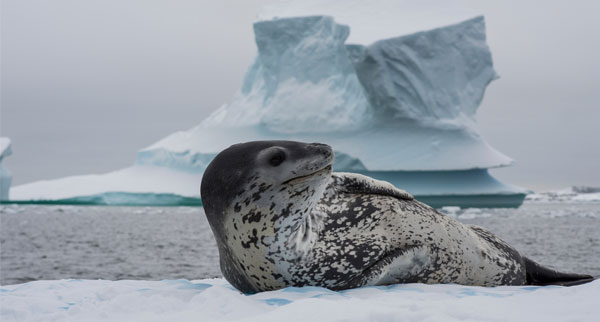
Antarctica
From there we set sail on the major crossing to Antarctica. By this point we’d seen so much already, everyone was thinking, what else could there be? But as soon as you start reaching the sub-Antarctic waters you see a change again, with giant icebergs and many more whales.
On our first landing, we were surrounded by gentoo penguins. That upped it again for me. It’s very different from South Georgia – lots of ice, lots of animal interactions, and a feeling in the air of being in true wilderness.
“Everybody wanted to go out and do phytoplankton surveys, which are important for understanding how rich the waters are for the time of year.”
We saw leopard seals hunting gentoo penguin chicks along the beach, and spread out on one of the icebergs, plus loads of orcas and humpback whales. It was like a wildlife film the whole time.
The quality of talks on board was also a real highlight and so engaging. Everybody wanted to go out and do phytoplankton surveys, which are important for understanding how rich the waters are for the time of year, or to do cloud observation and seabird surveys to help build data and map things like climate change.
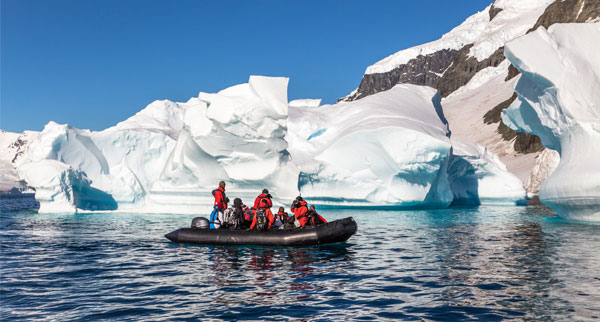
But the best thing was whale watching and taking part in studies to reduce disturbance and improve the quality of whale watching. Near the end of the trip, everybody was on whale-spotting rotation up on deck. We saw an Antarctic blue whale, which was just unbelievable and a nice example of why it’s so important to monitor and identify these whales.
It was eye-opening to have such involvement in genuine science on board. I’d never seen that before. I think people are waking up to the impact of travel on the environment, and many would rather pay more to do it sustainably.
“We saw an Antarctic blue whale, which was just unbelievable and a nice example of why it’s so important to monitor and identify these whales.”
Importantly, G Adventures is a member of the International Association of Antarctica Tour Operators, and the crew regularly reminded us of its guidelines on keeping our distance from animals onshore and ensuring we didn’t disturb this pristine environment. The relatively small size of the ship was a big part of that. It means you don’t feel like you’re being herded around with thousands of others but are part of a small group of like-minded travellers.
Seeing up close the onboard team’s care and respect for the environment has changed my perception of cruising. They set a high standard for how we travel, raising the bar to a point where you’ll be able to guarantee as little disturbance to wildlife and as little pollution as possible.
Looking back on the trip, I felt it had truly been the best way to visit Antarctica.
Book it
G Adventures’ Spirit of Shackleton trip starts from £10,499 for a 21-day trip in January or February 2021.
gadventures.co.uk
Read more
Expedition cruise experiences around the world
Channel your inner explorer on an Antarctica cruise
Ask the agents: Expedition cruise tips

